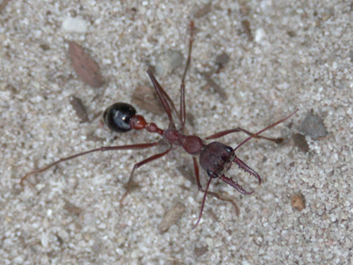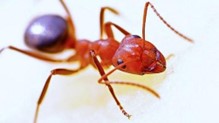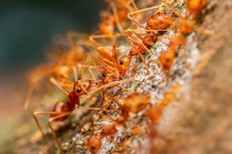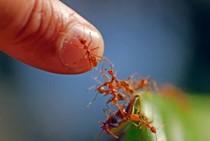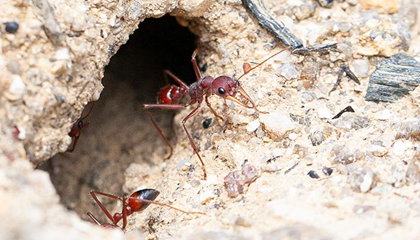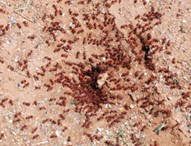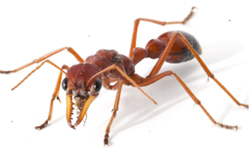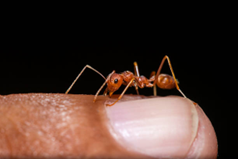Fire Ant
Effective Fire Ant treatment solutions
- We reply within 24 Hours
- Safe, effective treatments
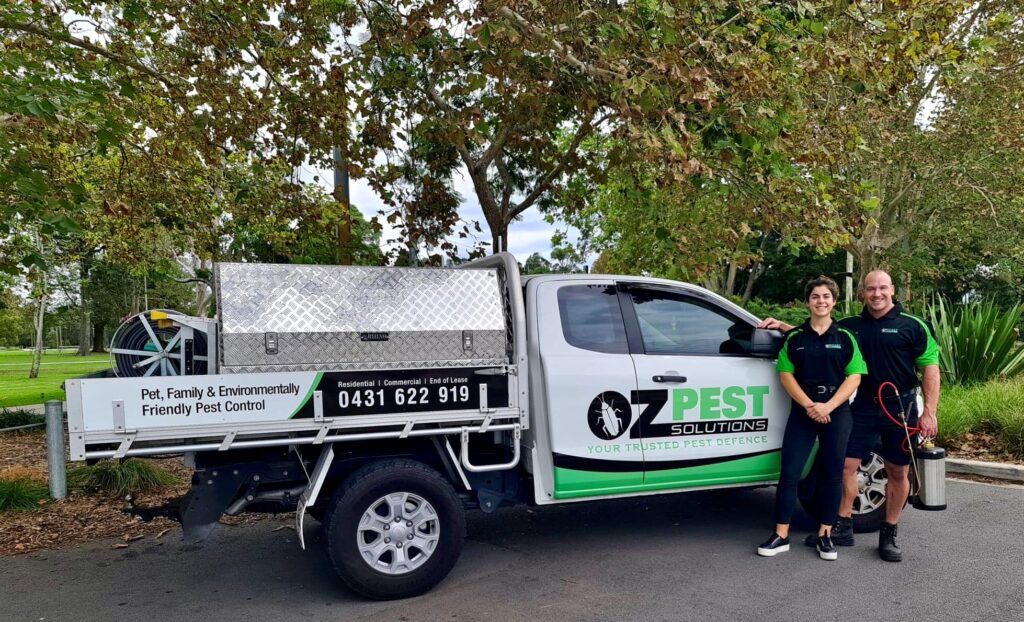
Fire Ant
Effective Fire Ant treatment solutions
- We reply within 24 Hours
- Safe, effective treatments
Fire Ant
Solenopsis spp.
Characteristics
Fire ants can be distinguished by their coppery-brown heads and darker abdomens. They have three distinct segments in their body and ten segments in their antennae, and their large mandibles can deliver a painful sting that causes a burning sensation. Queen fire ants can reach a length of around 15.9 mm, while worker fire ants typically range from 3.18mm to 6.35 mm in size.
Habitat
Fire ants can be found in both indoor and outdoor residential areas, with their nests reaching up to 40 cm in height, often located on the ground next to logs. Aside from their painful stings, fire ants are considered to be major pests due to their potential to cause significant damage to food crops. Their diet consists of plants and dead animals such as insects, earthworms, and vertebrates. Worker ants also collect honeydew, sweet foods, and other protein and fat-containing foods.
Lifecycle
During mid to late summer, the queen and fertile male fire ants mate. Once fertilised, the queen will look for an appropriate site to lay her eggs. She may lay up to 125 eggs during the late spring season. The eggs hatch into larvae after 8 to 10 days and undergo the pupal stage which lasts from 9 to 16 days. As soon as worker ants emerge, the queen can increase her egg-laying frequency to a maximum of 1500 eggs per day.
What our customers say...
FAQs About Fire Ant
Why are they called fire ants?
What are the habits of fire ants?
What are the signs of fire ant infestation?
What can I do to exterminate fire ants?
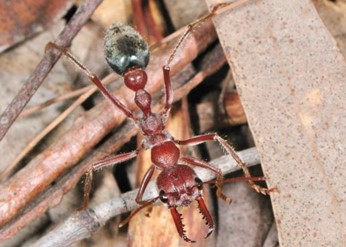

Key Information
Distribution
Typical nest location
Outdoor / Indoor pest
Distinguishing features
/ Important Points
Fire Ants have nests without any clear entrance holes, and larger nests can be identified by a mound of loose soil. When disturbed, the ants quickly rush out of their nest. Foragers come in varying sizes.
Colony structure
Diet Preference
Safety Concerns


